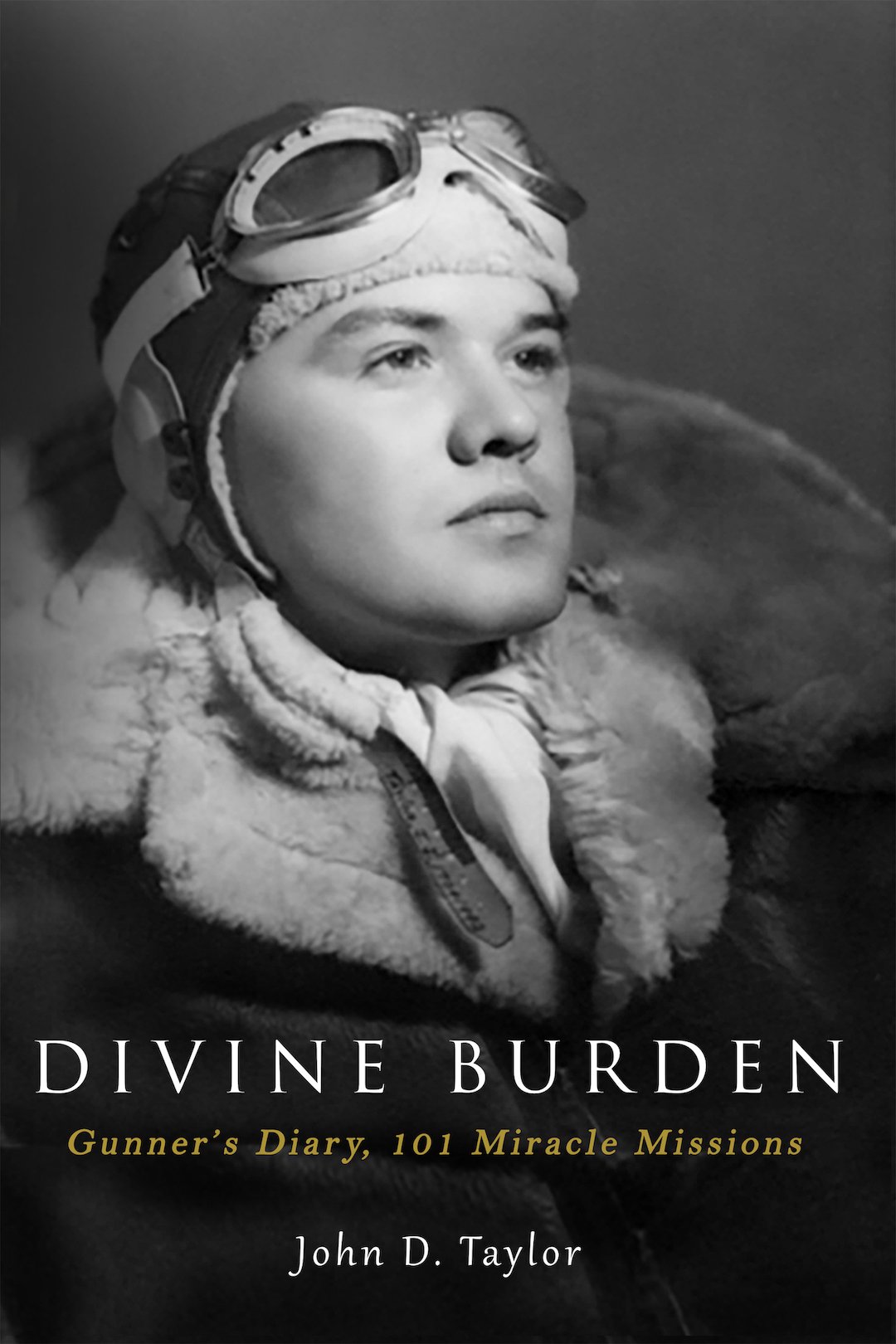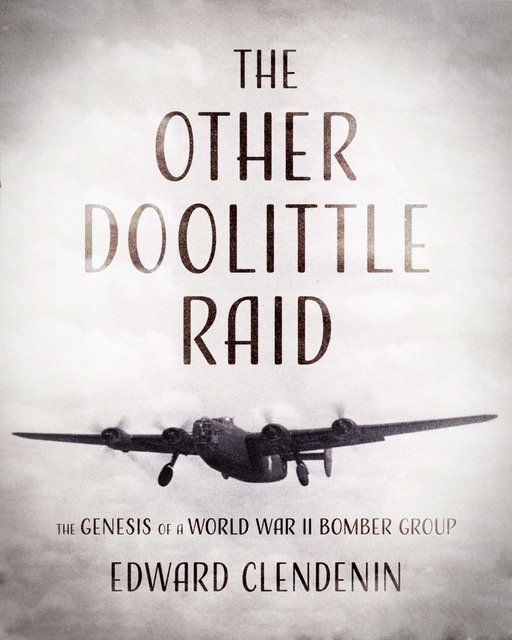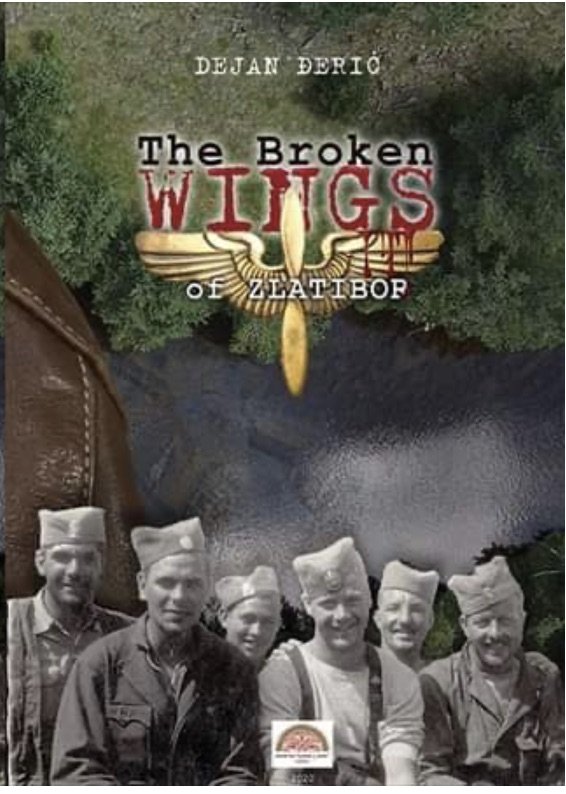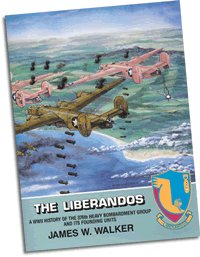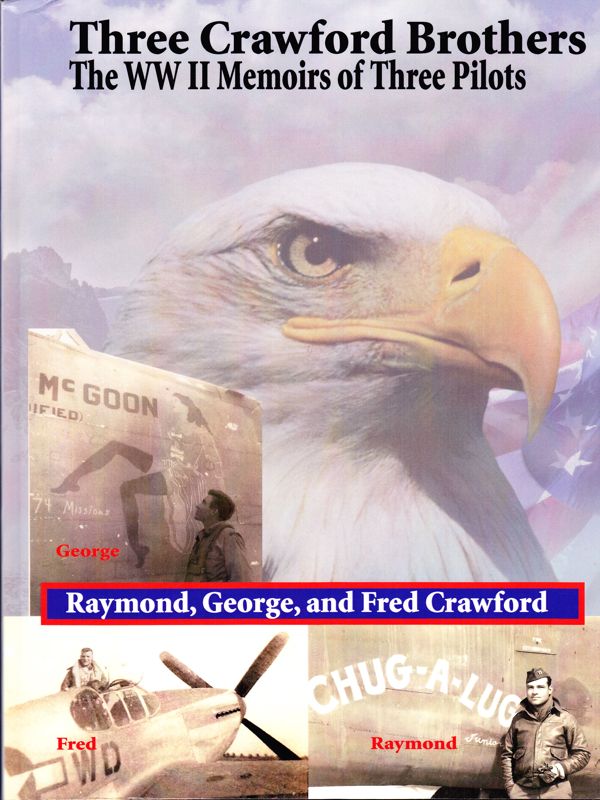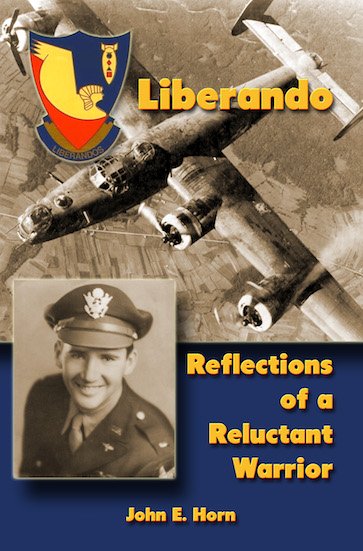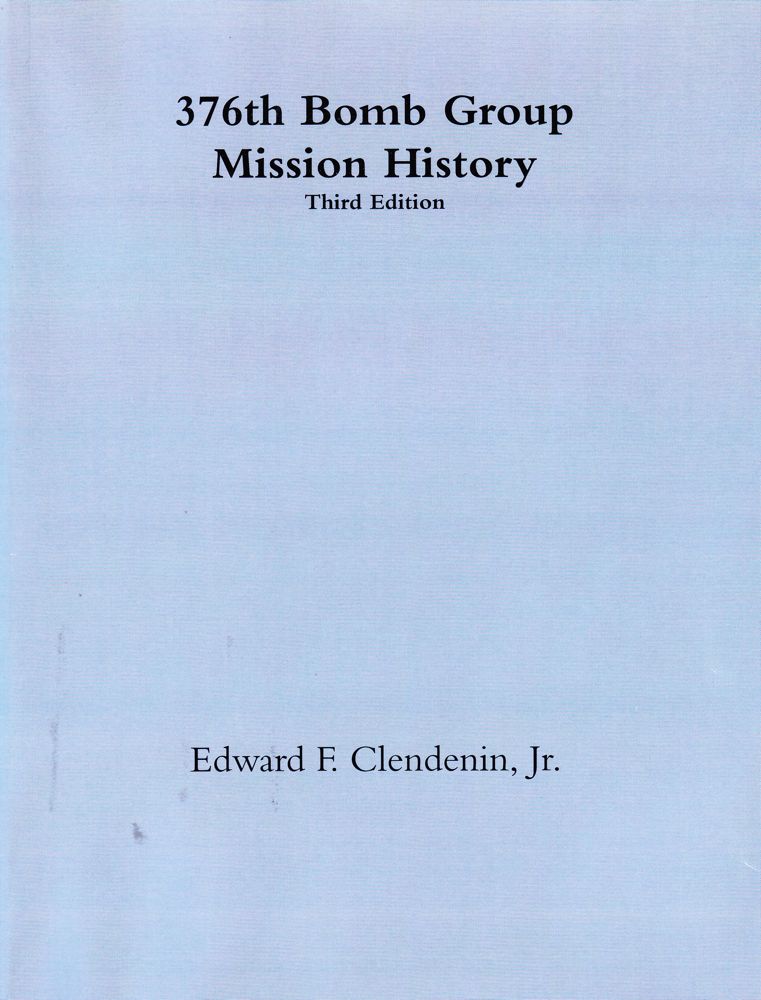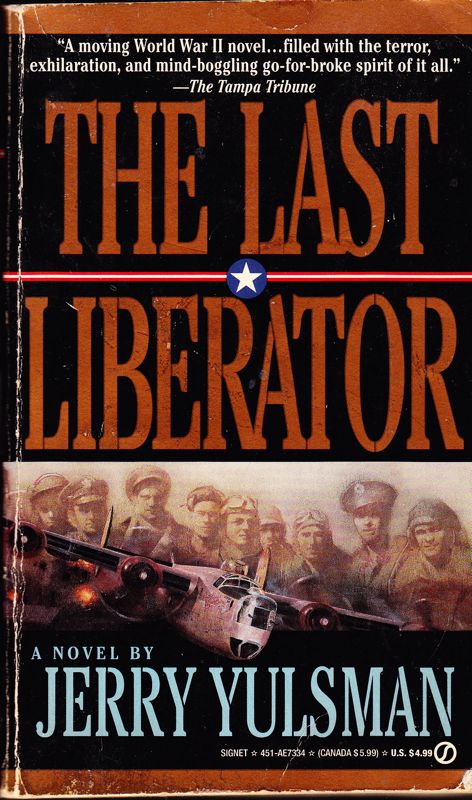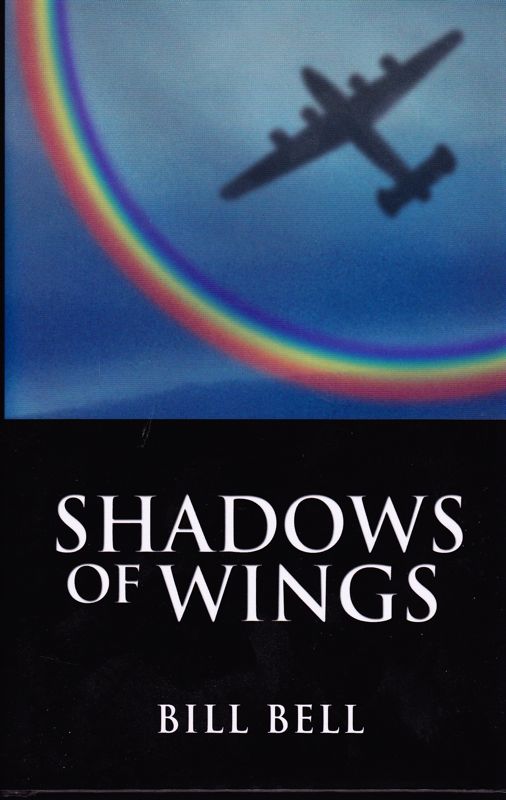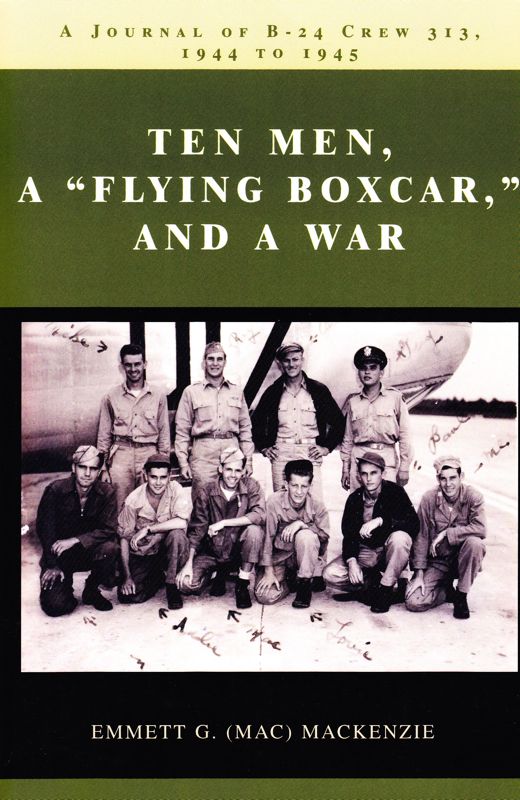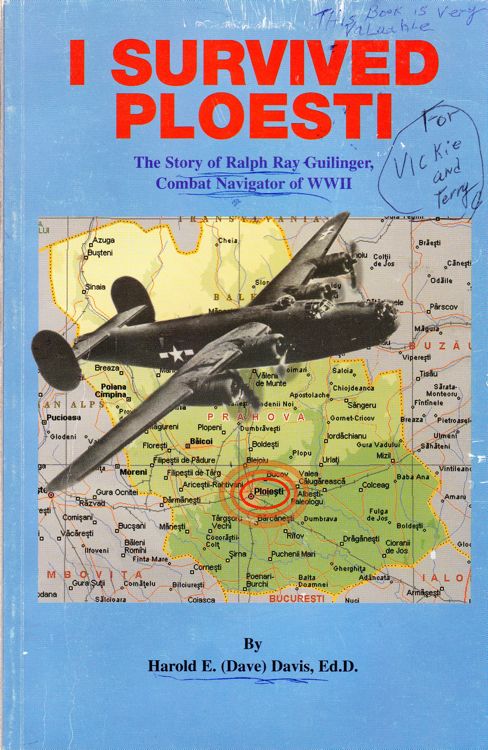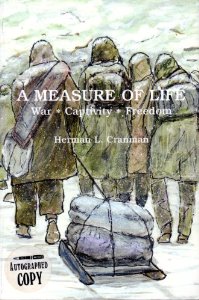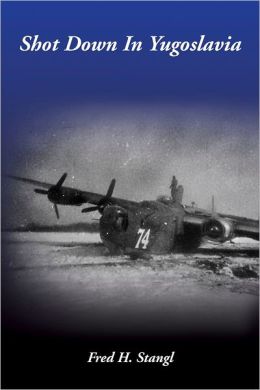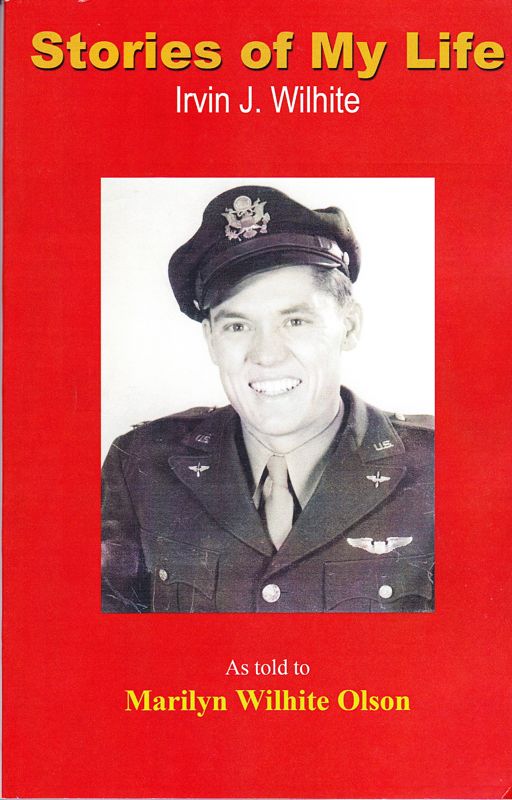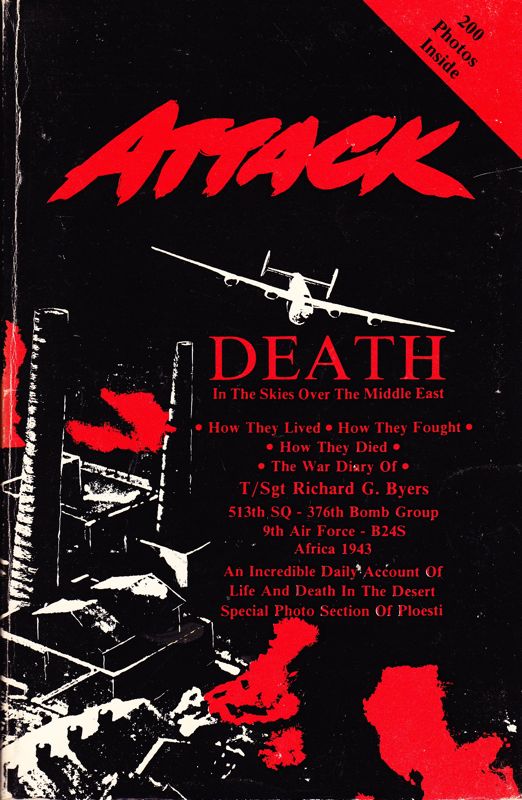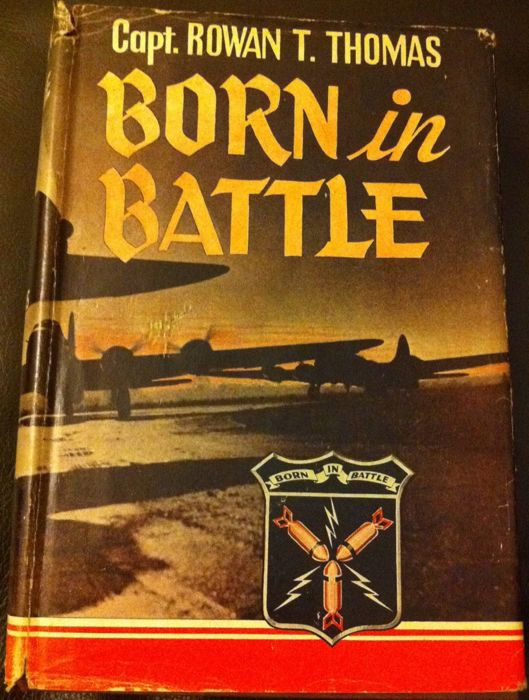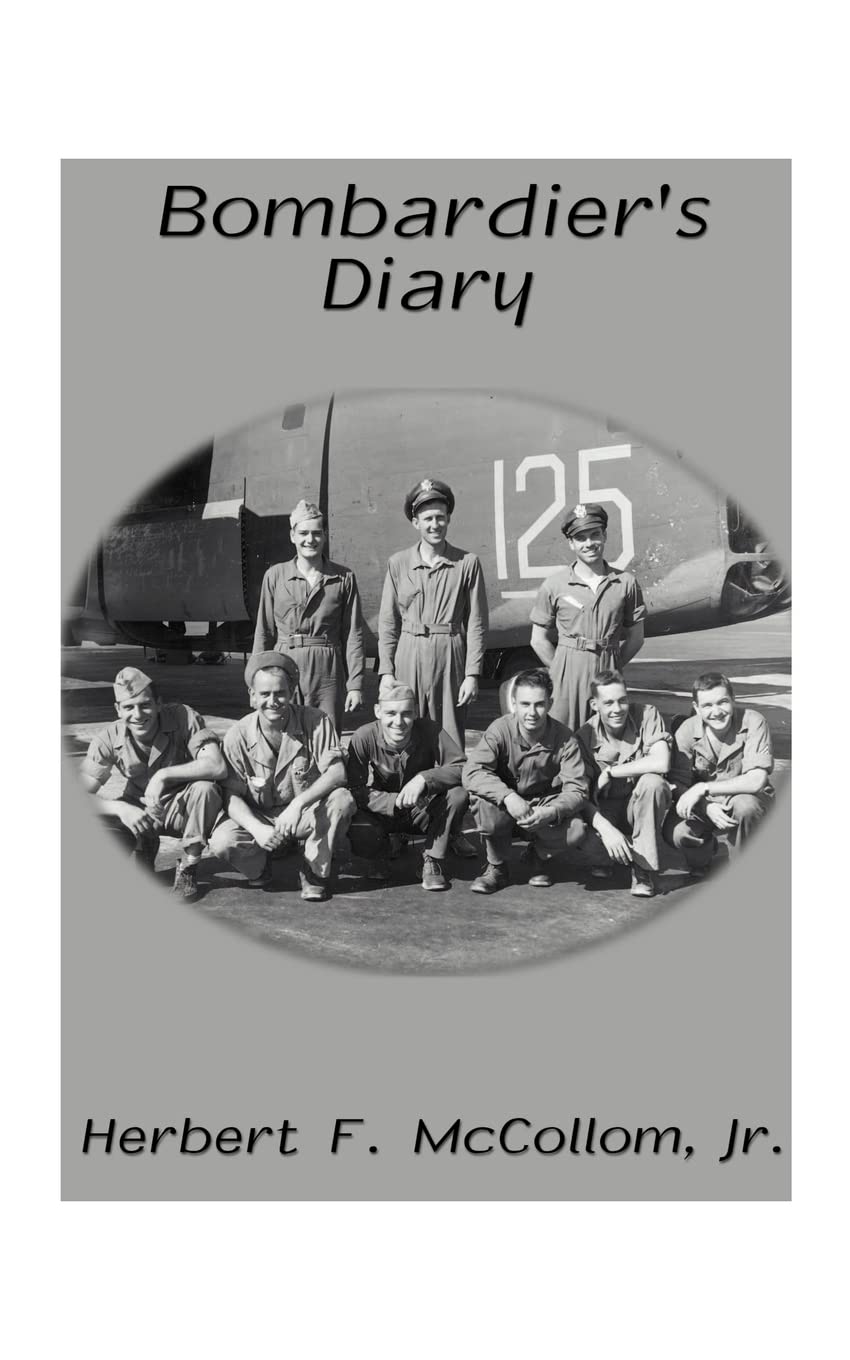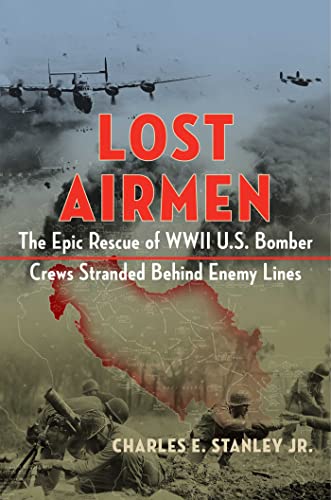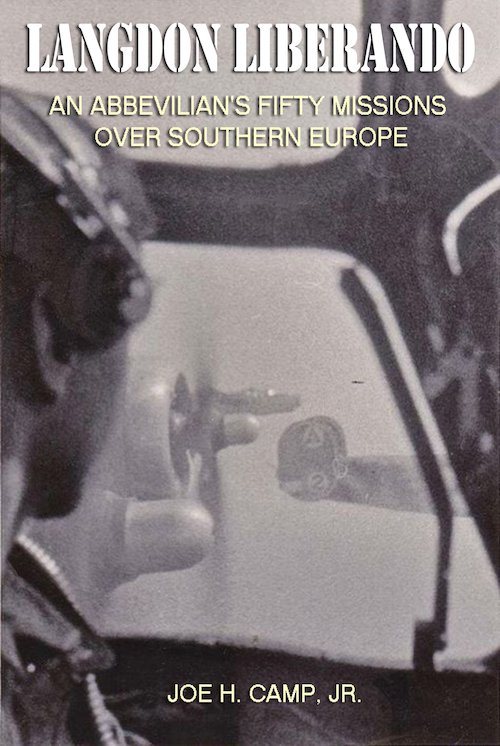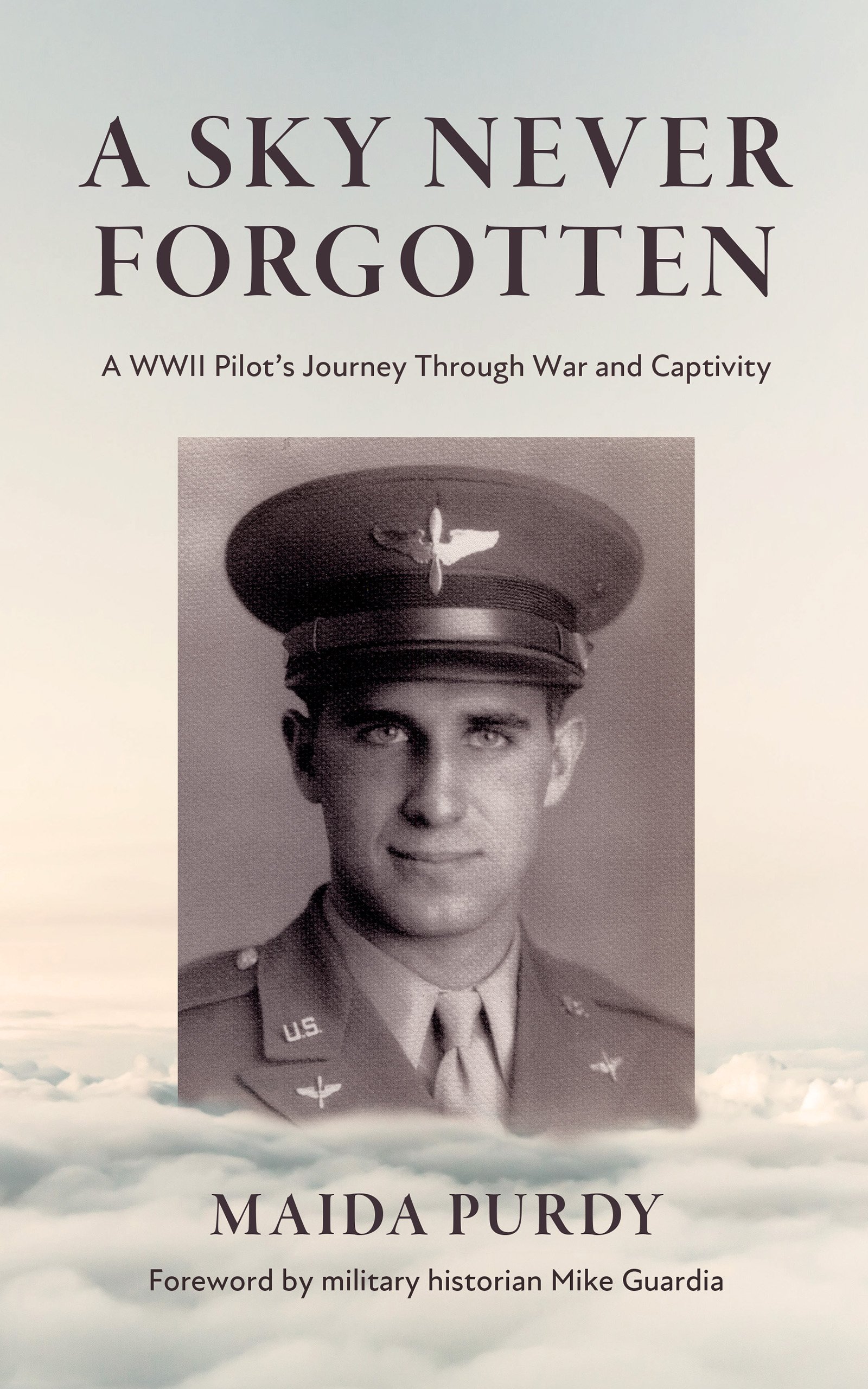George S. Richardson
George S. Richardson was a surgeon with HALPRO.
At the earliest time, the senior Flight Surgeon for Halverson Project was Major Edward J. Kendricks and his assistant was First Lieutenant George S. Richardson. Major Kendricks was a realist and forbade any combat missions for medical officers, feeling the Medical Corps faced greater shortages of physicians than the Air Corps for pilots. This was not unrealistic for me and saved me from going on combat missions. After all, of what value was a doctor with a seven man crew? And, surely I would have been on John Payne's ship had I felt the urge to do so.
During Major Kendrick's absence in the 9th British General Hospital in Cairo for hepatitis, Captain Richardson (promoted by blanket promotion) and Colonel Feldmann were responsible for sending one crew member to the States from Khartoum for evaluation. En route to the destination the medical personnel were available for advice and consultation, although the Pan American Airways personnel had the situation pretty well in hand at the stations across Africa. There had not been any U.S.A. air crews en route before to the Middle East and Far East or their experiences were not available to us.
At Fayid, in Egypt, which was our first station, we were supposedly attached to the RAF (Royal Air Force) and the treatment there was for either "Gyppo gut" which the RAF Flight Surgeon (Squadron Leader McKay) felt might be due to our personnel sleeping without a towel over their abdomen (obviously the poor mess hygiene) which was remedied by the administration of Sulfaguanidine. It might or might not be helped by these measures and one of our earliest pilots, RIP Paullin was sent to Cairo with Colonel Kendricks at the 9th British General Hospital for sand-fly fever which apparently did not spontaneously resolve as it frequently did with the bad symptoms of backache, extreme malaise and ache of eyes. Apparently there were no preventive measures for the sand flies at that time.
Well remembered was S/Ldr. McKay's statements that the RAF would do all our thinking for us and that they, the RAF, would consider the boarding of our officer personnel to say whether they should fly or not. This matter was referred to Colonel Halverson and he was adamantly against the ideas of the RAF.
As we escaped to Tel Aviv the question again came up and the arrival of Colonel Kendricks just as the Principal Medical Officer of the Middle East (RAF) came down from the Levant to discipline the young upstart that wanted to board his own personnel. Colonel Kendricks and Colonel Halverson came to the rescue just in time.
We were occupied with routine sick calls, in a gleaming dispensary at Lydda Airport. The bedbugs were itching and we had been badly bitten during our earliest time in Lydda and sick calls, evacuation of wounded personnel to a nearby Scottish General Hospital and treatments of "gyppo gut" or diarrhea or fungus of all types (nails, jock and feet) consumed most of our time. We manned the ambulances for mission returns, kept an eye on the messes, treated minor ailments and were ready for all types of emergency medicine attendant to the personnel of the crews, Australians and other ranks of the various people who came in to see us. All were amazed at the fact that medical officers gave one and all the same attention and Colonel Kendricks was not buying anything on the open market or taking the British issue or RAF ideas concerning the subject of letting the Aussies sleep on the floor instead of the cots that our people enjoyed. The RAF, at that time, had a policy of buying supplies at the close of the market in Cairo and the vegetables were unfit for eating. One doctor for the RAMC stated that it could al ways be sent to the people in the Western Desert for they "would eat anything." We didn't feel that way and the feelings ran a little high for a time between the RAF and Air Corps Medical Corps.
We were finally spelled by the arrival of General Lewis Brereton and the personnel of the beat up B-17 outfits with Captain W. C. Beaver and Corporal Manuel Guerra to supplement our Medical Dispensaries at Lydda. We were always a minor factor in medical treatments as the evacuation of seriously injured and wounded personnel were evacuated to the nearby Scottish General Hospital. Gradually the situation improved with the arrival of a fire fighter group (57), 12th Bomb Group (B-25), 323 Service Group and the 98th Bomb Group (H) from which most of the personnel of the Halpro group had been pirated early on in 1942.
The 98th took station at Haifa and we were assigned to Abu Suweir and the people went on to China from the old B-17 outfit including Captain Beaver, Me. At Abu Suweir I was one of the Squadron surgeons and routinely took sick call for the injured in automobile or truck accidents, manned the ambulance for returning missions, and garnered an occasional bit of surgery on one of the "wogs" until I transferred to Cairo and became a "Cairo Cossack." By this time we had gone through a transition from the Halverson Provisional Detachment to the 1st Provisional Unit, and then to the 376th Bomb Group.
Warren, you asked "what one of my most memorable moments was." I have remembered a rather humorous event during my early days with the Army Air Corps at the oldest RAF station in Egypt - Abu Suweir.
It was Thanksgiving of 1942 and Group Captain Russell of the RAF asked for ideas concerning the origins of Thanksgiving commemoration during wartime years. This individual was really disliked by me, and in my youthful exuberance and knowing the origins of Thanksgiving (the real one) I told the assemblage that we were there in honor of our freedom from England and the "thanks" were due to that fact.
The website 376bg.org is NOT our site nor is it our endowment fund.
At the 2017 reunion, the board approved the donation of our archives to the Briscoe Center for American History, located on the University of Texas - Austin campus.
Also, the board approved a $5,000 donation to add to Ed Clendenin's $20,000 donation in the memory of his father. Together, these funds begin an endowment for the preservation of the 376 archives.
Donate directly to the 376 Endowment
To read about other endowment donation options, click here.
Reunion
NOTE change in the schedule !!
DATES: Sep 25-28, 2025
CITY:Rapid City, SD
HOTEL: Best Western Ramkota Conference Hotel; 2111 North LaCrosse St., Rapid City, SD 57702; 605-343-8500
Click here to read about the reunion details.
